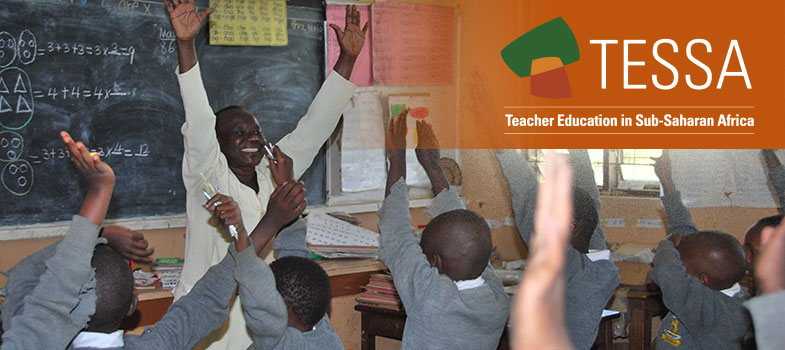2. Organising group work to compare and contrast local areas
Providing opportunities for your pupils to question information about different situations will help pupils understand differences between communities. Case Study 2 and Activity 2 show different ways to organise pupils and use questioning to allow deeper thinking about similarities and differences.
Case Study 2: Using questions to compare localities
Mrs Quansa has prepared a lesson on exploring differences and similarities between different local areas. She has prepared a brief information sheet on two different locations (see Resource 2: A comparison of Navrongo and Axim). At the beginning of the lesson, she gives the sheet out to the class and asks them to work in their groups. She writes the following questions on the board:
- What are the differences and similarities between the two environments (Navrongo and Axim)?
- Are there similar standards of living across the two environments?
While the groups are working, Mrs Quansa moves around listening to their conversations and supports them in thinking more deeply. She asks questions related to what the pupils say in order to help their thinking, and picks up on their own ideas and interests.
Mrs Quansa is always concerned that she is organised so she can focus more on developing her pupils’ understanding.
Activity 2: A comparison of two contrasting environments
This activity gives pupils an opportunity to reflect on different social contexts.
You could use Resource 2 or make up your own contrasting environments (perhaps using magazine pictures).
Give each group contrasting photographs or pictures. (See Key Resource: Using group work in your classroom [Tip: hold Ctrl and click a link to open it in a new tab. (Hide tip)] .) Ask them to identify the features of each environment in terms of things like physical features, economic activities and what jobs people are doing. They may contrast the pictures with where they live. Ask them to note down important features and ideas about what is different and what is the same.
Put two groups together and ask each group to share their ideas with the other group.
Ask each group to make a presentation of their findings to the rest of the classThink about what the pupils learned from the activity and how you know this.
1. Exploring similarities and differences between how people live and work



